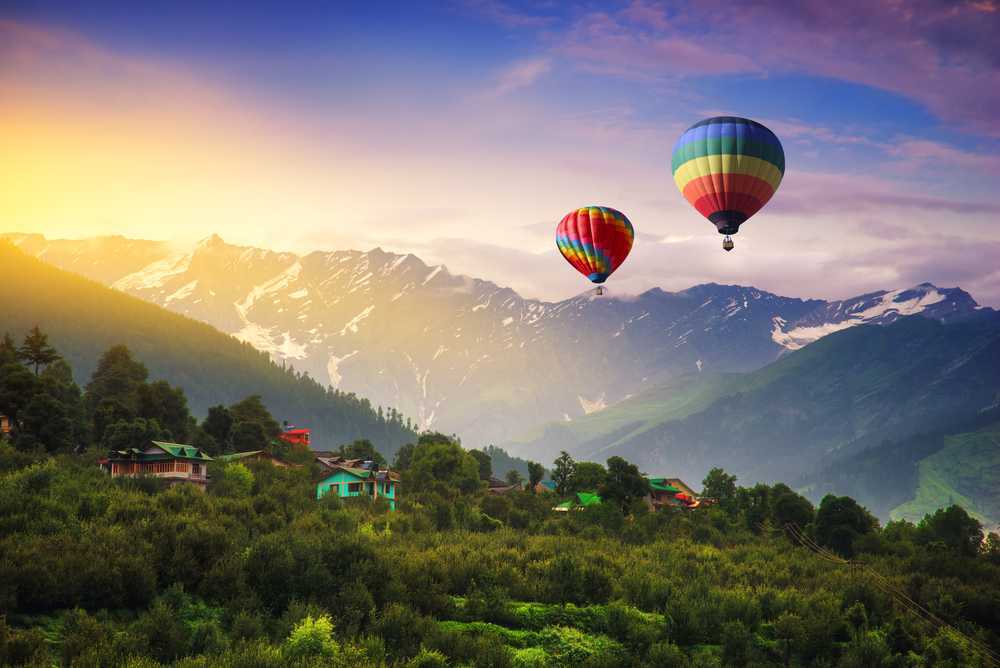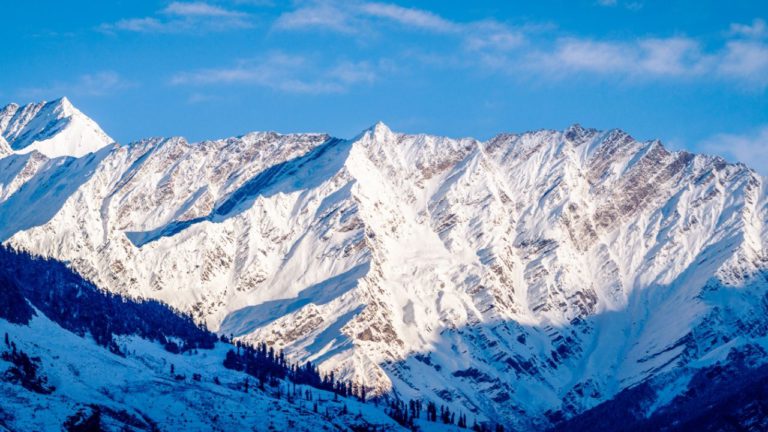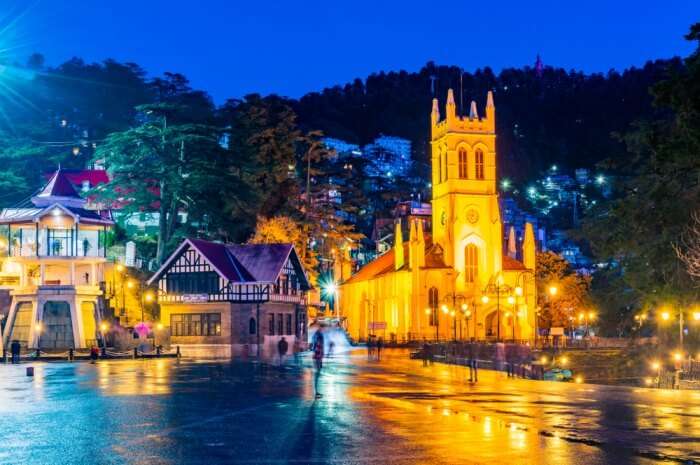Manali
This resort and tourist town in the mountains of Himachal Pradesh, at the northern end of the Kullu Valley, formed by the Beas River. It's approximately 270 kilometres (170 mi) north of the state capital of Shimla and 544 kilometres (338 mi) northeast of the national capital of Delhi. With a population of 8,096 people recorded in the 2011 Indian census, Manali is the beginning of an ancient trade route through the Union territory of Ladakh, over the Karakoram Pass and onto Yarkand and Hotan in the Tarim Basin of China. Manali is a popular tourist destination in India and serves as the gateway to the Lahaul and Spiti district as well as the city of Leh in Ladakh.
Kasol
A hamlet in the district Kullu of the Indian state of Himachal Pradesh. It is situated in Parvati Valley, on the banks of the Parvati River, on the way between Bhuntar and Manikaran . It is located 30 km (19 mi) from Bhuntar and 3.5 km (2.2 mi) from .Manikaran Kasol is the Himalayan hotspot for backpackers and acts as a base for nearby treks to Malana and Kheerganga. It is called Mini Israel of India due to a high percentage of Israeli tourists here.
Shimla
Shimla also known as Simla, is the capital and the largest city of the Indian
state of Himachal Pradesh. In 1864, Shimla was declared as the summer capital
of British India. After independence, the city became the capital of Punjab
and was later made the capital of Himachal Pradesh. It is the principal commercial,
cultural and educational centre of the state. It was the capital city in exile of
British Burma (present-day Myanmar) from 1942 to 1945.
Small hamlets were recorded prior to 1815 when British forces took control of
the area. The climatic conditions attracted the British to establish the city in
the dense forests of the Himalayas. As the summer capital, Shimla hosted many important
political meetings including the Simla Accord of 1914 and the Simla Conference of 1945.
After independence, the state of Himachal Pradesh came into being in 1948 as a result
of the integration of 28 princely states. Even after independence, the city remained an
important political centre, hosting the Simla Agreement of 1972. After the reorganisation
of the state of Himachal Pradesh, the existing Mahasu district was named Shimla.
Shri Hanuman Jakhu (Statue) located in the premises of Jakhu Temple
Shimla is home to a number of buildings that are styled in the Tudorbethan and
neo-Gothic architectures dating from the colonial era, as well as multiple temples
and churches. The colonial architecture and churches, the temples, and the natural
environment of the city attracts tourists. Major city centre's attractions include the
Shri Hanuman Jakhu (Statue), Jakhu Temple, Viceregal Lodge, Christ Church, Mall Road,
The Ridge and Annadale. The city centre's northern most point is Jakhoo and the southern
most location is Annadale, and the easternmost point is Sanjauli and western point is
Chotta Shimla. The Kalka–Shimla Railway line built by the British, a UNESCO World Heritage
Site, is also a major tourist attraction. Owing to its steep terrain, Shimla hosts the
mountain biking race MTB Himalaya, which started in 2005 and is regarded as the biggest
event of its kind in South Asia. Shimla also has the largest natural ice skating rink in
South Asia. Apart from being a tourism centre, the city is also an educational hub with
a number of colleges and research institutions.



Comments